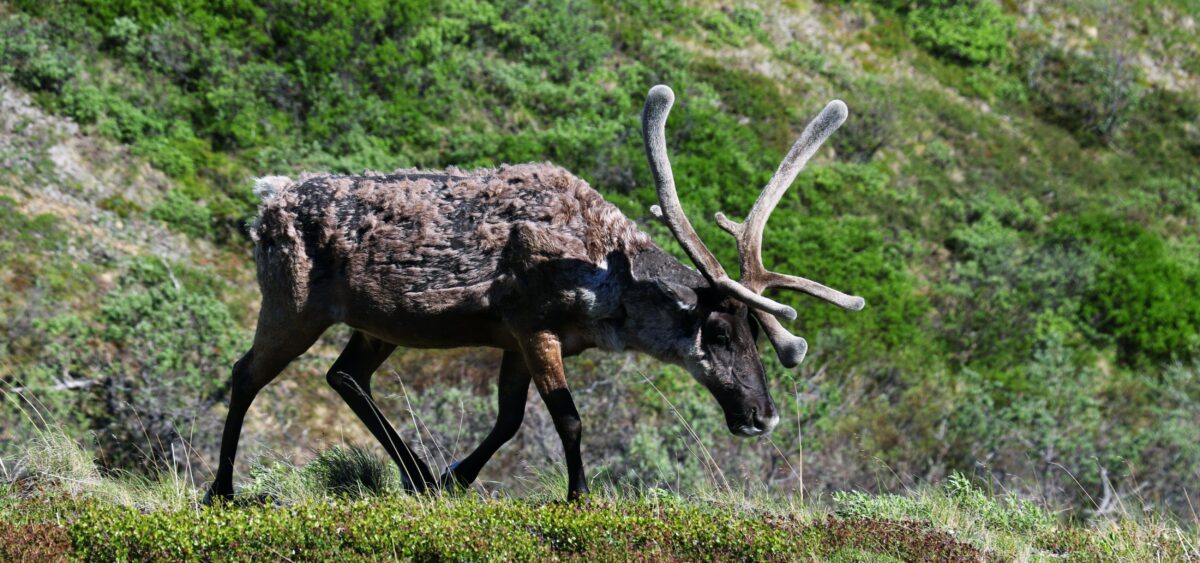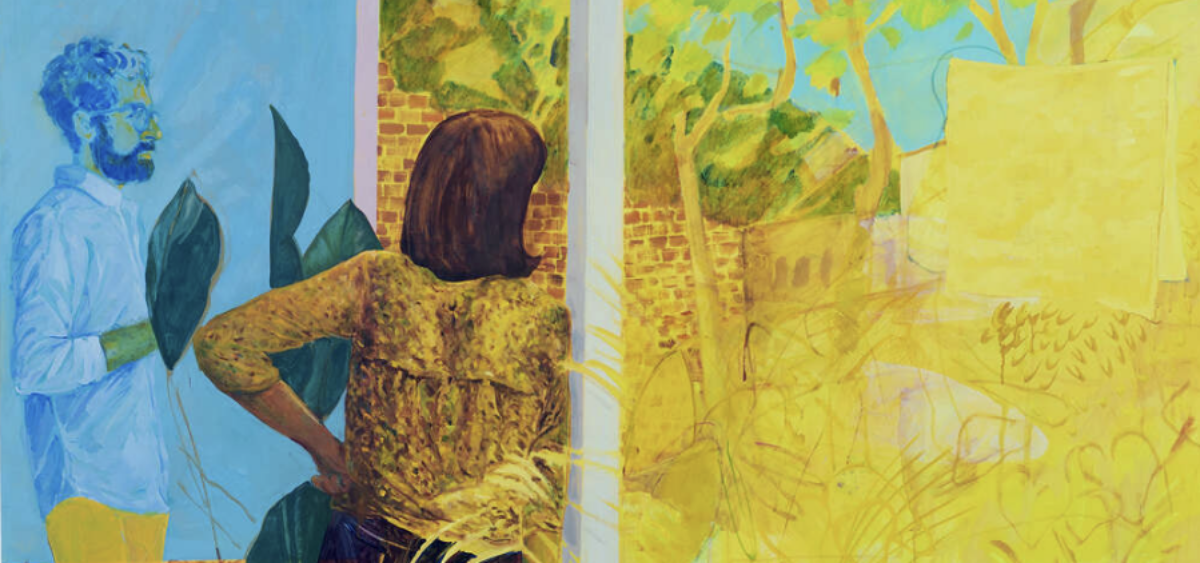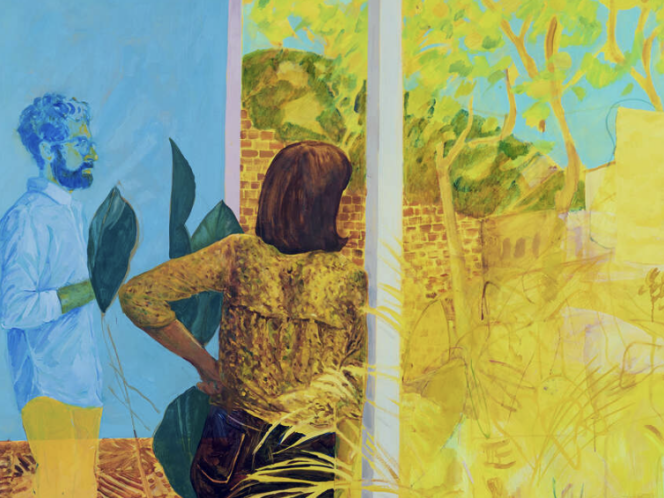
The Sámi live in harmony with nature. Their tried and true methods may prove invaluable in our struggles with the changing climate.
“We have always been here, long before anyone else,” the first Sámi author, Johan Turi, wrote at the beginning of the twentieth century. “Here,” meaning in Sápmi—in lands that stretch across the north of Norway, Sweden, Finland, and Russia. The Sámi, indigenous residents of the Arctic, have traversed this land since the dawn of time, fishing, hunting, and gathering herbs and berries. The rhythms of their lives were dictated by the migration of the reindeer; they followed their herds, not the other way around. “They’re free, they’re not my property,” I heard many times from the Sámi who continue their tradition raising the reindeer they consider sacred animals. Because the reindeer were in Sápmi first, everything began with them. According to one legend, Earth was created by a white reindeer: from his veins came the rivers, his fur became the forests, his stomach the ocean, and his antlers the mountains.
Today the reindeer is a medium; it connects the Sámi with nature. Mikael Kuhmunen, a representative of a Swedish reindeer herders’ group, can’t imagine life without his herd. He believes the worst day outdoors in the company of reindeer is miles better than any day without them. He can’t do anything else. This is how he grew up, in the fresh air, in close contact with nature. It is this sensitive observation of their surroundings, and detailed knowledge of the environment, passed down from generation to generation, that has allowed the Sámi








